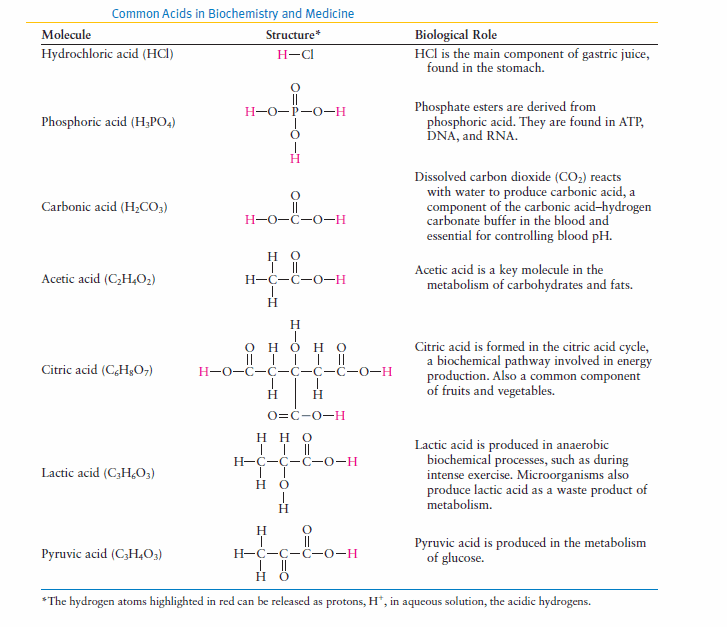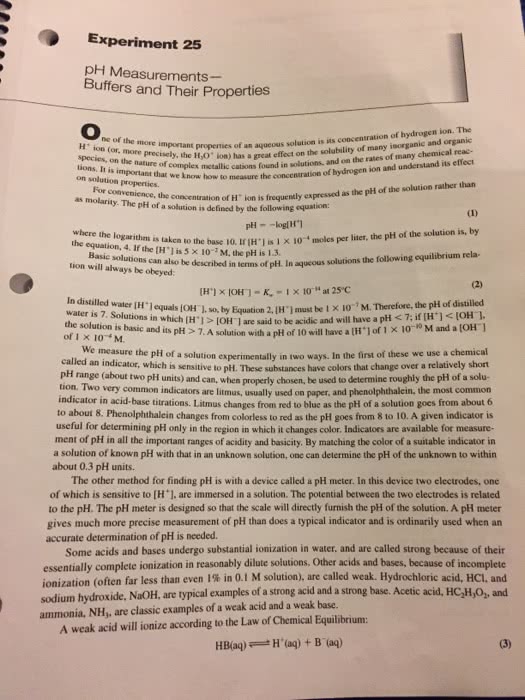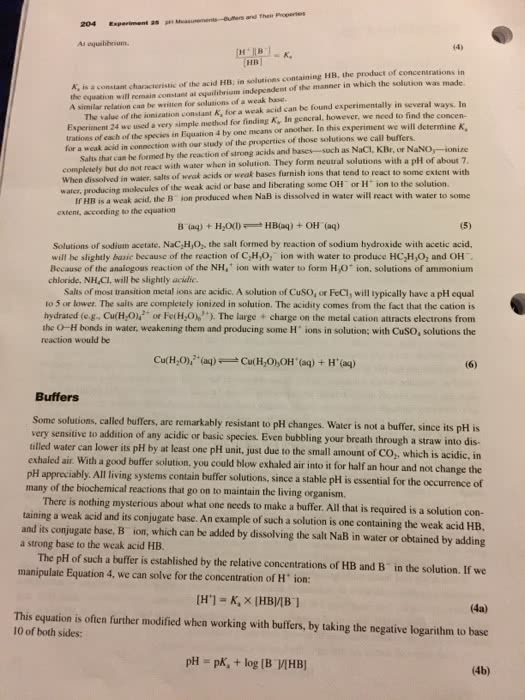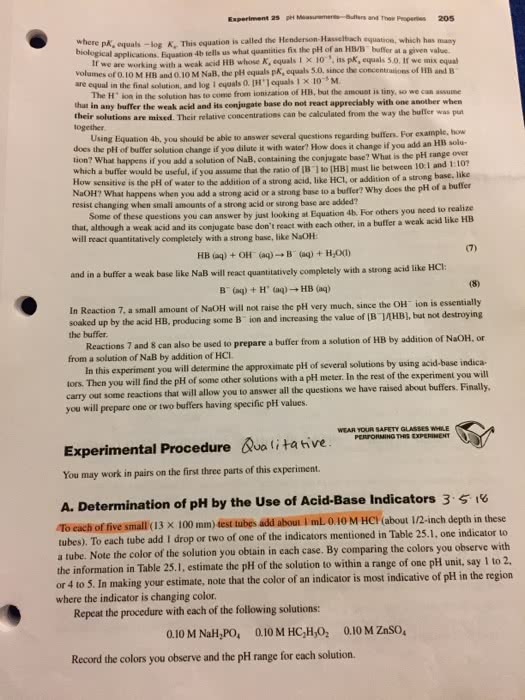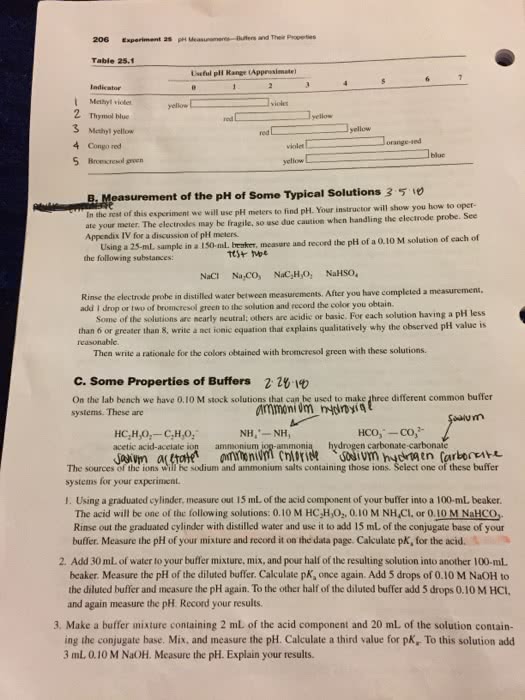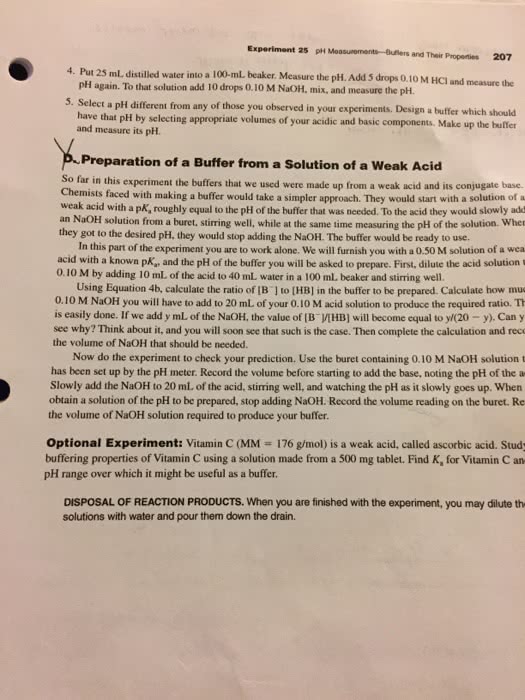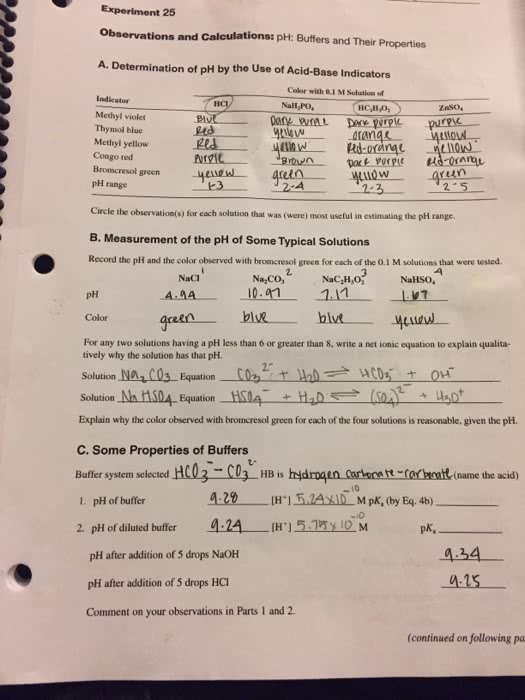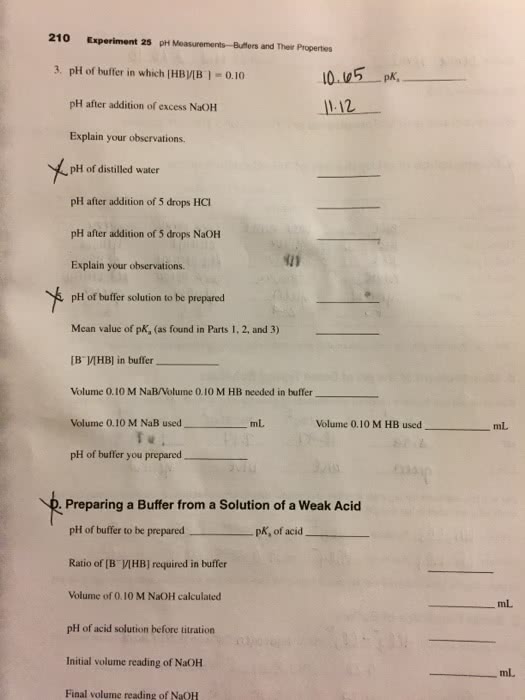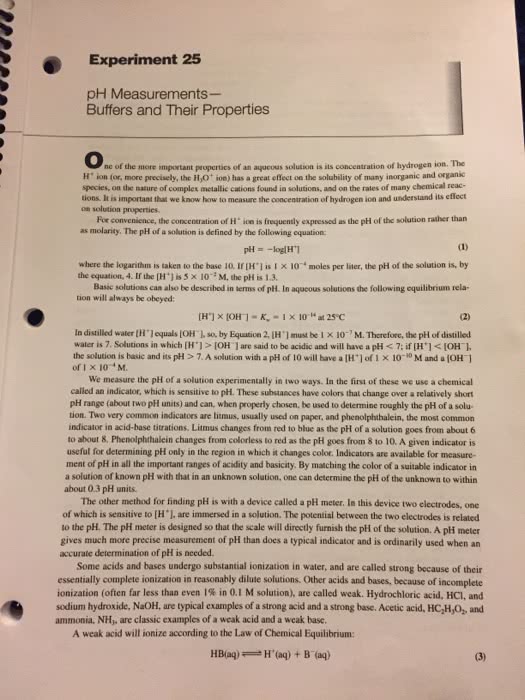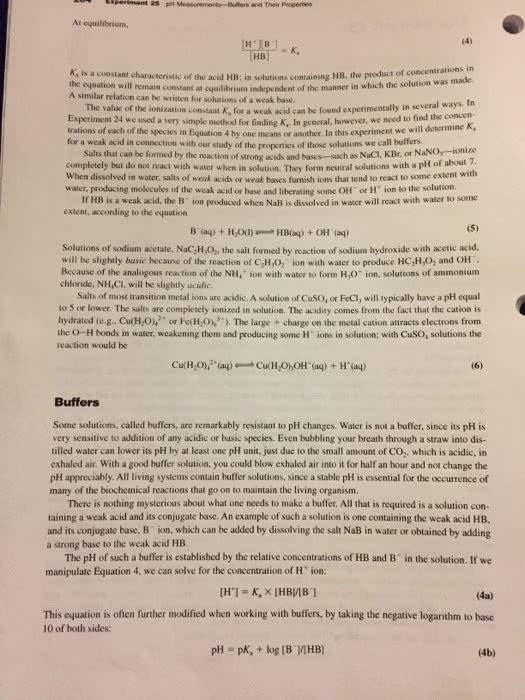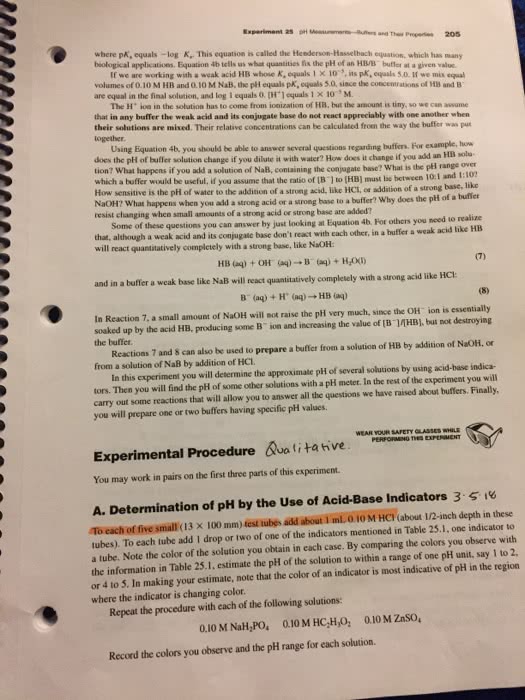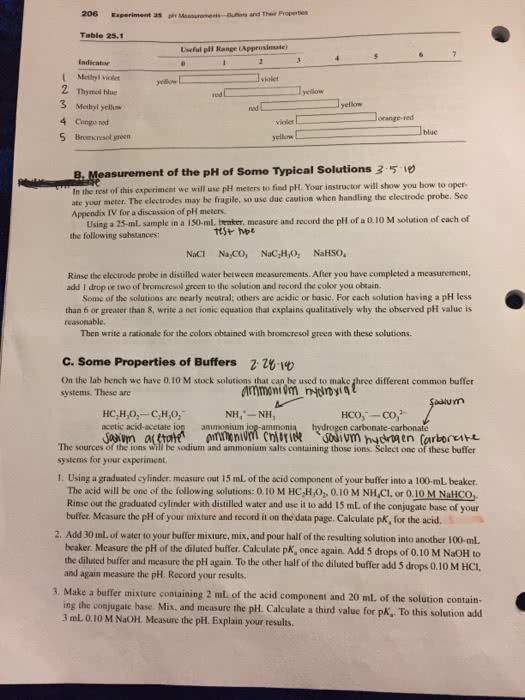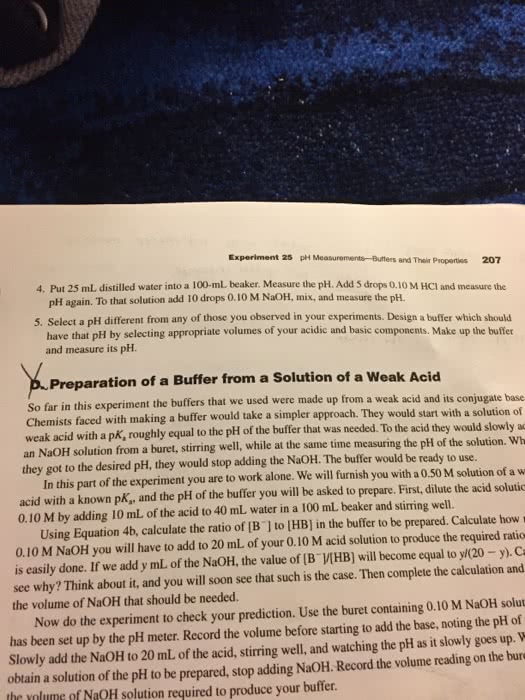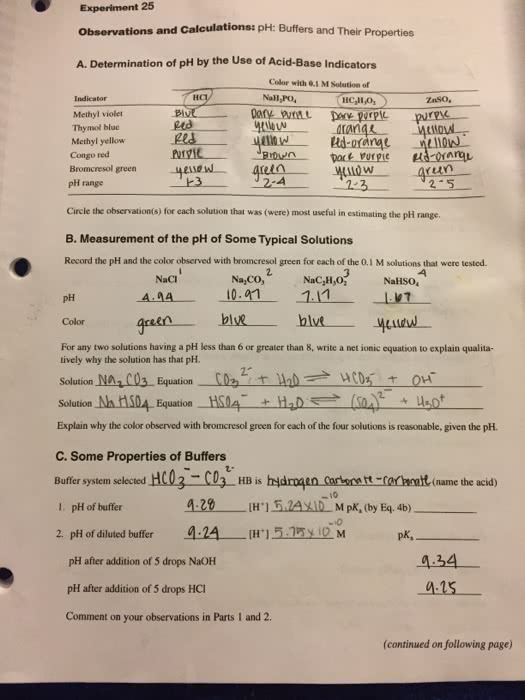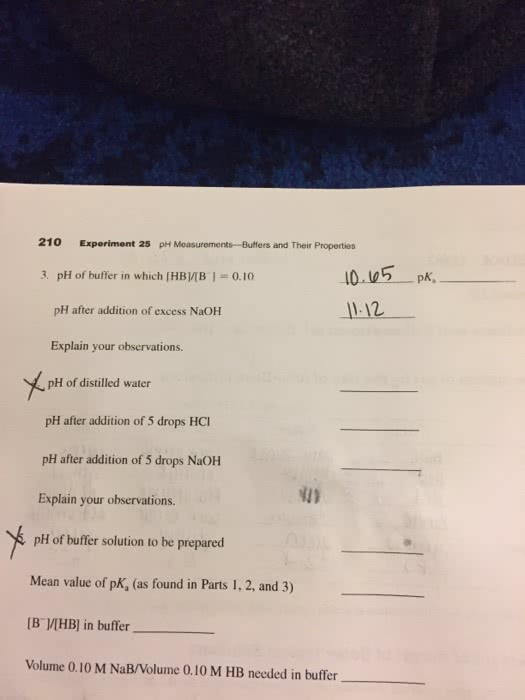CHM 1311 Lecture Notes - Lecture 16: Calcium Hydroxide, Conjugate Acid, Sodium Hydroxide
50 views8 pages
6 Dec 2016
School
Department
Course
Professor
Document Summary
The driving force is the formation of water: acid base reactions, naoh(aq) + hcl(aq) !nacl(aq) + h, net ionic equation: oh-(aq) + h+(aq) ! H: this applies to all reactions of strong acids and bases, an acid -> h+ in water, acids some terminology, acid = substances that ionize to form h+ in solution (e. g. hcl, hno. Ionization = neutral substance forms ions in solution. 2 (aq) because the solution is neither acidic nor basic at the end: the other product of the acid-base reaction is a salt, mx, hx + moh ! Mx + h: neutralization between acid and metal hydroxide produces water and a. 2o salt: mn+ comes from base & xn- comes from acid this is one way to make compounds! 8: bronsted-lowry theory of acids and bases the most common theory for common aqueous acids and bases is the bronsted-lowry theory. + is its conjugate acid (aq) + h.
Get access
Grade+
$40 USD/m
Billed monthly

Homework Help
Study Guides
Textbook Solutions
Class Notes
Textbook Notes
Booster Class
10 Verified Answers
Class+
$30 USD/m
Billed monthly

Homework Help
Study Guides
Textbook Solutions
Class Notes
Textbook Notes
Booster Class
7 Verified Answers
